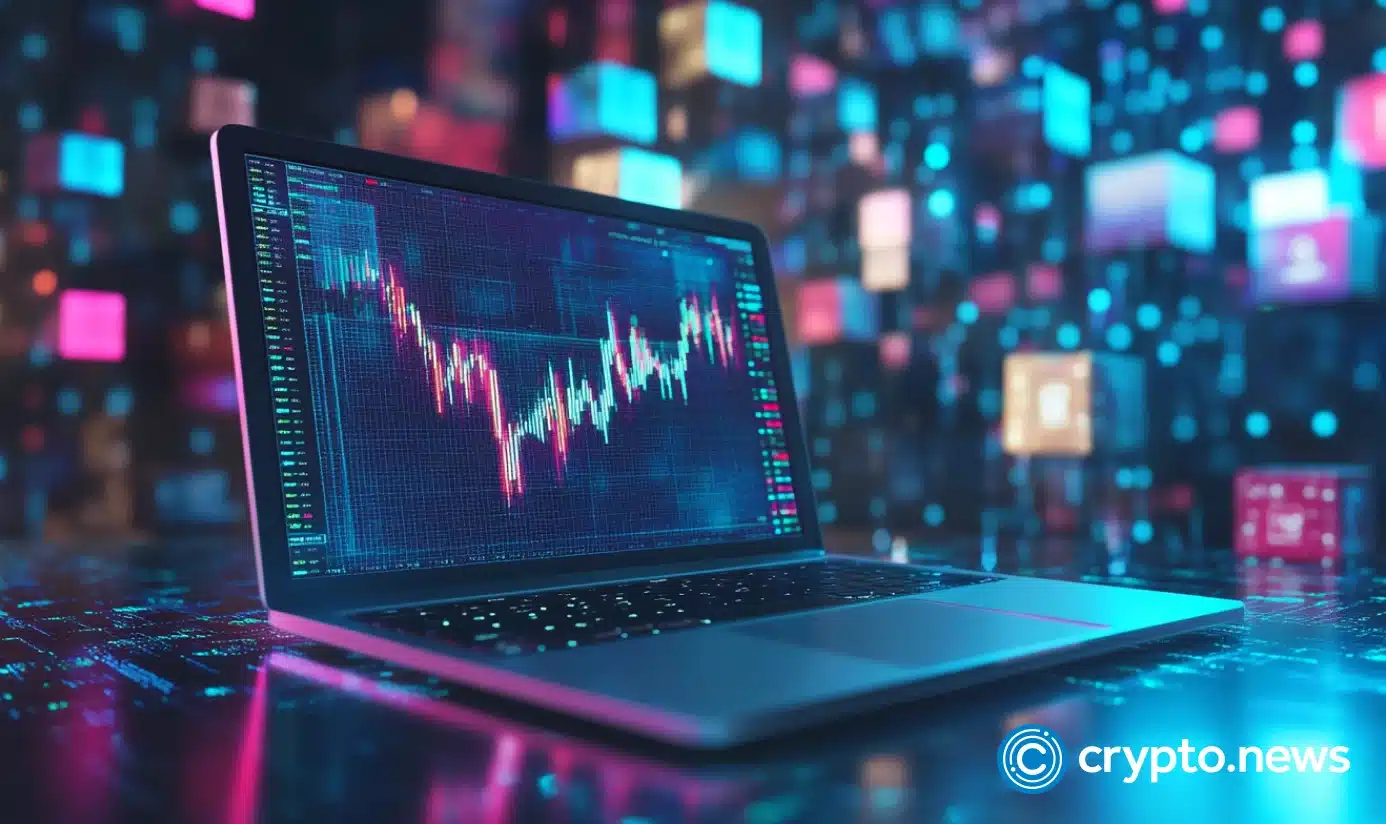Uranium Market Shatters Convention with First-Ever Live Pricing Feed Launch

Nuclear fuel enters the algorithmic age—price opacity crumbles as uranium gets its Bloomberg Terminal moment.
The Big Bang of Transparency
For decades, uranium deals whispered behind NDAs. Now, live data streams rip the curtain off the last opaque commodity market—proving even radioactive assets can't escape digitization.
Traders Brace for Volatility
Hedge funds eye the feed like uranium-enriched sharks. 'Finally, price discovery that doesn't move at geological speeds,' quips one energy derivatives VP—before muttering about compliance lawyers.
The Cynic's Take
Wall Street's latest 'disruption' play: monetizing transparency. Because nothing screams innovation like charging institutions for real-time access to data that should've been public in 2010.
Bridging the data gap for institutional adoption
Per the statement, the newly launched system is accessible via API, offering both a live-streaming feed and a historical data archive, which are critical for different use cases within finance.
The team behind the solution said the feed is aimed at “financial institutions, trading firms, research organizations, and other market participants,” indicating a clear focus on serving professional, rather than retail, users.
Notably, the launch is timed to capitalize on an ongoing shift in institutional sentiment. Recent survey data from a report cited in the release, which polled more than 600 investors globally, reveals a market primed for entry but held back by structural barriers. A striking 97% of institutional investors stated they WOULD consider allocating capital to uranium if access were simplified.
Additionally, 63% view uranium as a misunderstood or under-allocated commodity, and 74% now classify nuclear energy as ESG-compliant, challenging traditional perceptions. The primary hurdles remain regulatory clarity, cited by 78% of respondents, followed by operational complexity and a lack of accessible investment vehicles.
Arthur Breitman, co-founder of Tezos, sees broader implications for how price discovery in uranium could evolve and suggests the oracle could address one of the most persistent infrastructure gaps holding back adoption. He argues that true price discovery for uranium occurs beyond the physical spot market, playing out across a “wide array of economically related assets.”
Breitman believes the oracle initiates a “virtuous circle” by synthesizing this broader market intelligence and injecting this intelligence back into the uranium ecosystem, which could subsequently improve overall market liquidity and lead to more accurate price discovery.

